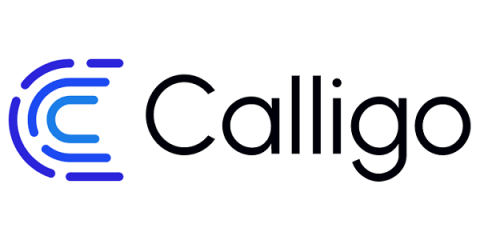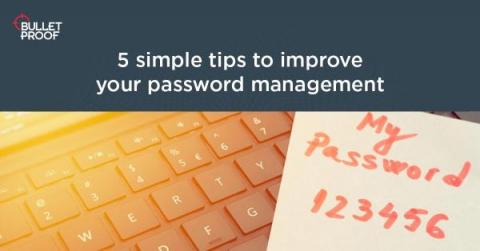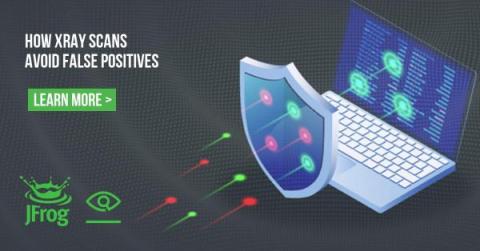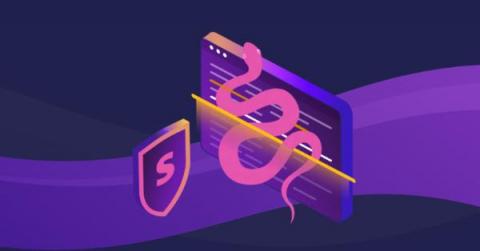What is tokenization, what are the types of tokenization, and what are its benefits for eCommerce businesses?
Image source: Freepik This blog was written by an independent guest blogger. As eCommerce grows, there are more issues concerning payments and security. Customers still don’t enjoy a smooth user experience, can’t access fraud-free transactions, and there are still many declined transactions. Online shopping still lacks a seamless experience due to the risks of storing and handling sensitive account data.











